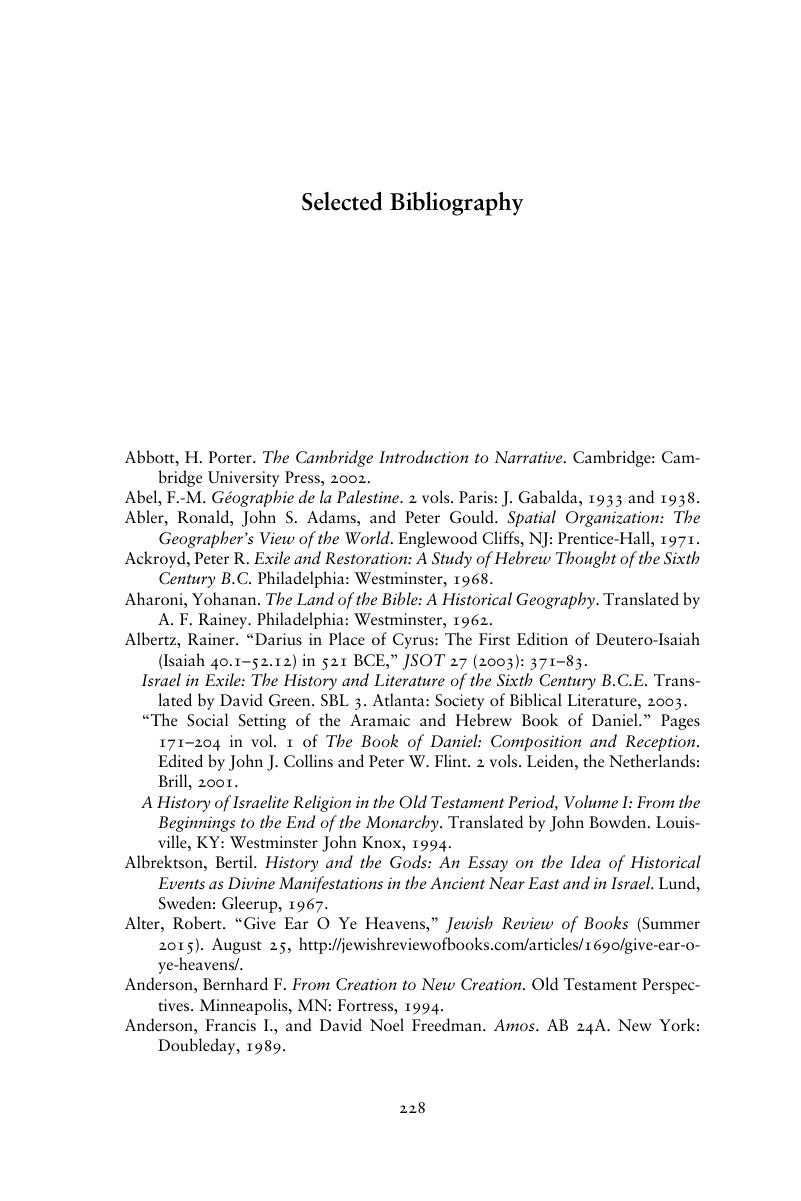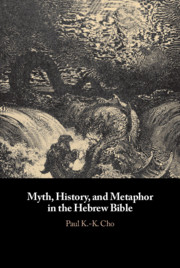Book contents
- Myth, History, and Metaphor in the Hebrew Bible
- Myth, History, and Metaphor in the Hebrew Bible
- Copyright page
- Dedication
- Contents
- Acknowledgments
- Abbreviations
- 1 Introduction
- 2 Myth as Story and Metaphor
- 3 The Sea Myth
- 4 The Sea Myth and Creation
- 5 The Sea Myth and Exodus
- 6 The Sea Myth and Exile
- 7 The Sea Myth and Eschaton
- 8 The Sea Myth and the Hebrew Bible
- Selected Bibliography
- Index of General Topics
- Index of Ancient Sources
- References
Selected Bibliography
Published online by Cambridge University Press: 30 January 2019
- Myth, History, and Metaphor in the Hebrew Bible
- Myth, History, and Metaphor in the Hebrew Bible
- Copyright page
- Dedication
- Contents
- Acknowledgments
- Abbreviations
- 1 Introduction
- 2 Myth as Story and Metaphor
- 3 The Sea Myth
- 4 The Sea Myth and Creation
- 5 The Sea Myth and Exodus
- 6 The Sea Myth and Exile
- 7 The Sea Myth and Eschaton
- 8 The Sea Myth and the Hebrew Bible
- Selected Bibliography
- Index of General Topics
- Index of Ancient Sources
- References
Summary

- Type
- Chapter
- Information
- Myth, History, and Metaphor in the Hebrew Bible , pp. 228 - 247Publisher: Cambridge University PressPrint publication year: 2019

